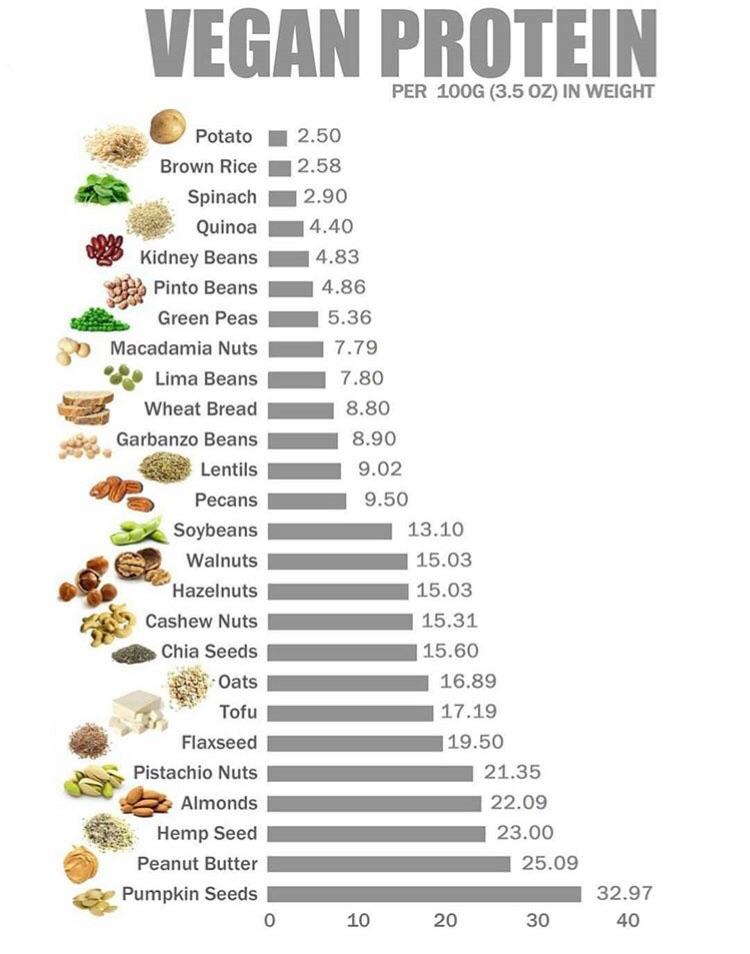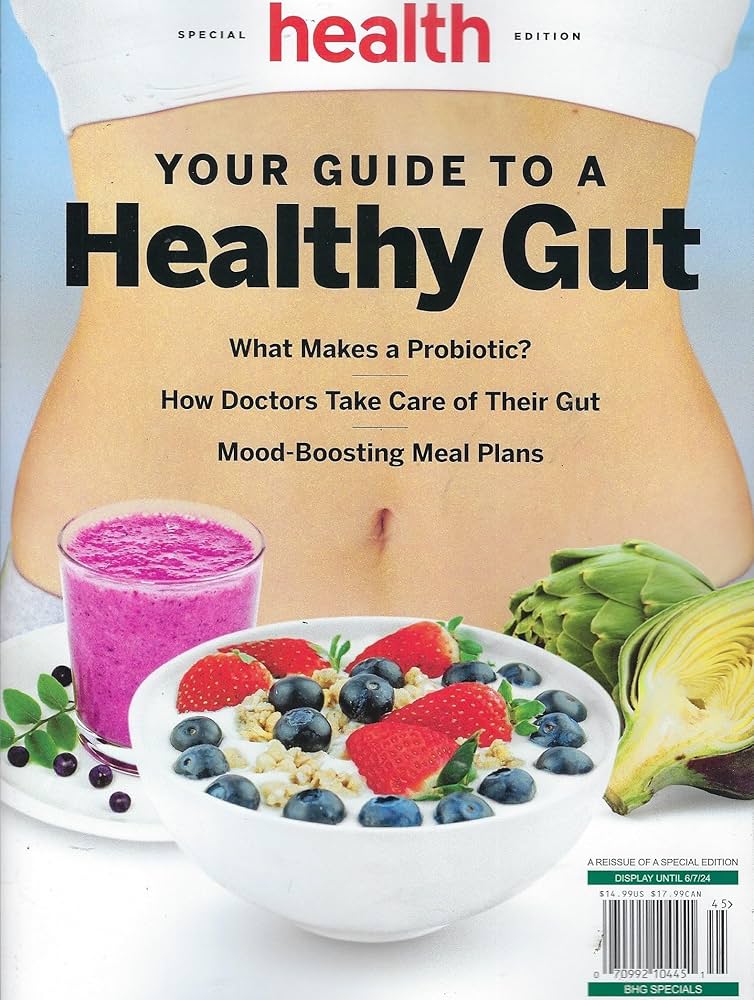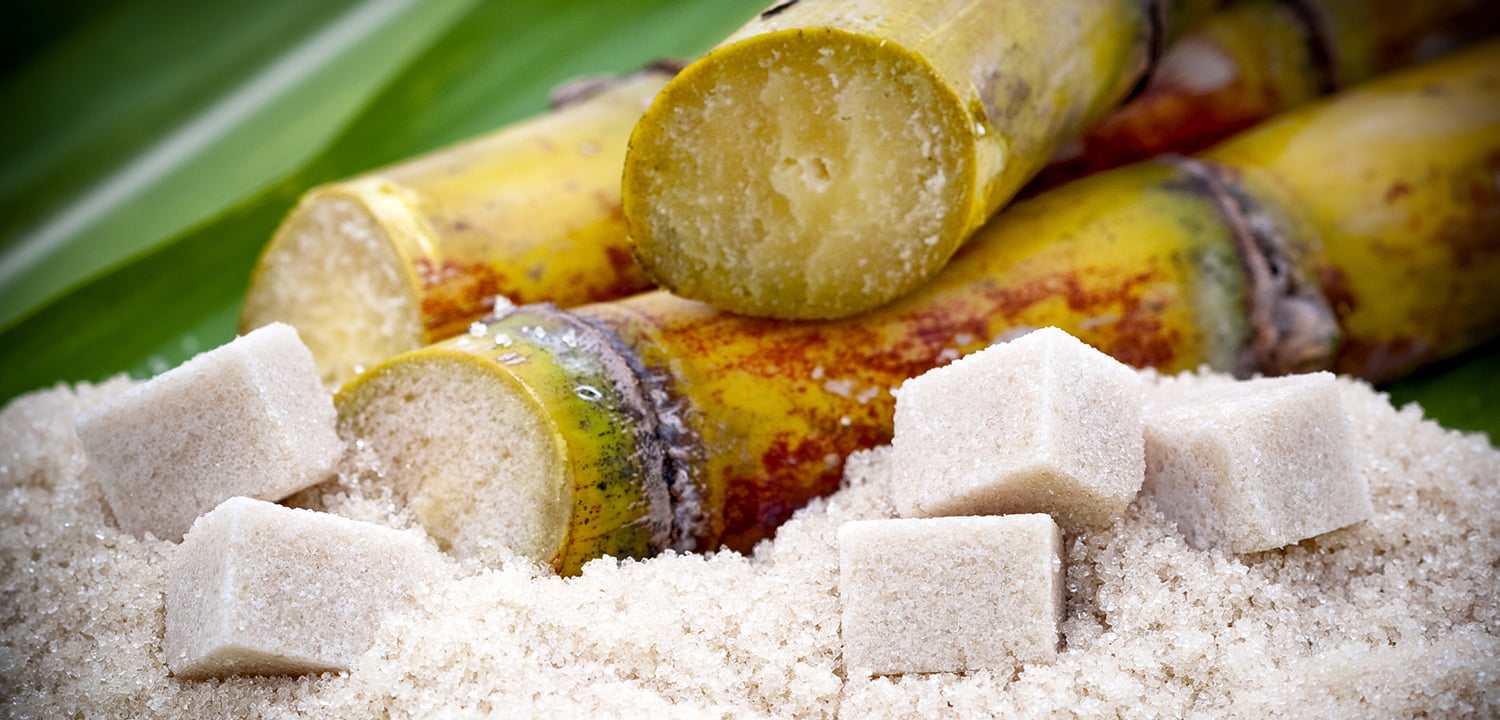Embarking on a vegetarian lifestyle offers a plethora of health benefits, and a common concern that surfaces is how to effectively incorporate enough protein. Vegetarian protein charts and sample meals provide a roadmap for those seeking to maintain a balanced diet rich in this essential macronutrient.
Understanding the sources of vegetarian protein and constructing a meal plan to meet your daily requirements can be simple and delicious. Whether you’re looking to build muscle, lose weight, or simply live healthier, the following guide will navigate you through a high-protein vegetarian lifestyle.
What are the main sources of vegetarian protein?
Protein is a building block of life, critical for almost every biological process in the body. For vegetarians, diversifying protein sources is key to meeting nutritional needs. Plant-based sources such as legumes, nuts, seeds, and tofu deliver not only protein but also a variety of other nutrients.
Legumes like beans, lentils, and chickpeas, are staples in a vegetarian diet providing both protein and fiber. Nuts and seeds, while higher in fat, offer both protein and healthy omega fatty acids. Soy products, such as tofu and tempeh, serve as versatile protein-rich foods that can be incorporated into numerous recipes.
Grains, often overlooked, are also significant protein contributors. Quinoa and amaranth, for example, contain all essential amino acids, making them complete proteins. Incorporating these foods into your diet ensures that you are not only getting enough protein but also enjoying a variety of flavors and textures.
How much protein do we need as vegetarians?
The amount of protein required by an individual can vary based on factors such as age, gender, and level of physical activity. The USDA recommends about 0.36 grams of protein per pound of body weight daily, a target easily achievable on a vegetarian diet.

However, vegetarians should focus on consuming a variety of protein sources to collect all essential amino acids. Although a single plant-based food may not contain all amino acids, a diversified diet generally covers all bases. It’s crucial to plan your meals to ensure that you’re getting a complete protein profile over the course of the day.
For active individuals or those with specific health goals, such as muscle gain or weight loss, protein needs might be higher. Consulting with a healthcare professional can provide personalized recommendations tailored to individual requirements.
What does a 7-day high-protein vegetarian meal plan look like?
A well-crafted 7-day vegetarian meal plan can simplify the process of meeting protein goals. Here’s an outline showcasing the variety and richness of a high-protein vegetarian diet:
- Day 1: Quinoa salad with chickpeas, nuts, and a tahini dressing
- Day 2: Stir-fried tofu with broccoli and cashews over brown rice
- Day 3: Black bean burrito bowls with avocado and salsa
- Day 4: Lentil soup with whole grain bread and a side salad
- Day 5: Stuffed bell peppers with quinoa, beans, and vegetables
- Day 6: Whole wheat pasta with a lentil Bolognese sauce
- Day 7: Chickpea and spinach curry with basmati rice
By including a range of legumes, grains, and soy products, you can create delicious meals that also provide high levels of protein.
How can I plan meals to include 150 grams of protein a day?
Reaching a goal of 150 grams of protein per day requires strategic meal planning. Start by breaking down your protein goals into manageable portions for each meal and snack. Design each eating occasion to include a high-protein food source, and consider using protein supplements if necessary.
For example, a breakfast rich in Greek yogurt or a soy-based smoothie can kickstart your day. Lunch and dinner can revolve around legumes, grains, and tofu, with snacks such as nuts, seeds, or cheese providing protein boosts in between meals.
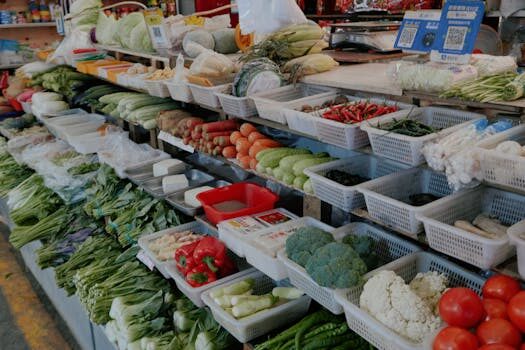
It’s also beneficial to use vegetarian protein charts to guide your portion sizes and ensure you’re meeting your daily goals. These charts can help in visualizing the protein content in different foods and assist with meal prep.
What high-protein vegetarian foods should I include in my diet?
When aiming for a high-protein vegetarian diet, focus on incorporating these rich protein sources:
- Lentils and beans: Great for soups, salads, and wraps
- Tofu and tempeh: Perfect for stir-fries, scrambles, and grilling
- Seitan: A wheat-based protein that’s excellent as a meat substitute
- Nuts and seeds: Ideal for snacking or adding to meals for a protein boost
- Whole grains: Such as quinoa and spelt, which can be used in a variety of dishes
These foods not only provide protein but also offer other essential nutrients, including fiber, vitamins, and minerals.
How can meal prep help in achieving protein goals?
Meal prepping is an efficient way to ensure that you’re consistently hitting your protein targets. By planning and preparing meals in advance, you can control the ingredients and portions, which is especially helpful for busy lifestyles.
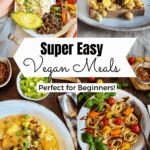 Vegetarian meal ideas: easy meat swaps you’ll love
Vegetarian meal ideas: easy meat swaps you’ll loveStart by selecting a variety of protein sources for the week. Cook large batches of legumes and grains, and pre-portion snacks like nuts and seeds. Preparing tofu or seitan in advance can save time on busy evenings, making it easier to assemble protein-packed meals on the fly.
With meal prep, you’re less likely to reach for convenience foods that may be lower in protein and nutrients. Instead, you’ll have ready-to-go meals that align with your vegetarian protein goals.

What are the health benefits of a high-protein vegetarian diet?
A diet high in vegetarian proteins can offer numerous health benefits. Protein is essential for muscle repair and growth, making it particularly important for athletes and those engaged in regular physical activity. Additionally, protein can aid in weight management by promoting satiety and helping to regulate hunger cues.
Vegetarian proteins often come with a lower intake of saturated fats and cholesterol, contributing to better heart health. This diet also tends to be rich in fiber, antioxidants, and other phytonutrients that support overall well-being. By choosing a variety of protein sources, vegetarians can enjoy a diet that supports long-term health and prevents chronic diseases.
Related Questions on Vegetarian Protein Intake
What Are The Best Sources of Vegetarian Protein?
The best vegetarian protein sources include legumes like beans and lentils, soy products such as tofu and tempeh, nuts and seeds, and whole grains. These foods not only offer protein but also come packed with other nutrients essential for a balanced diet.
It’s important to combine these sources to ensure a complete intake of all essential amino acids. For instance, pairing beans with rice or hummus with whole grain bread forms complete proteins that supply all the amino acids your body needs.
How Can I Increase My Protein Intake As A Vegetarian?
To increase your protein intake as a vegetarian, aim to include a protein source in every meal. Incorporate foods like quinoa, buckwheat, and soy milk, which are complete proteins. Snacking on nuts, seeds, or Greek yogurt can also boost your protein intake throughout the day.
Consider using protein powders or bars as supplements, especially post-workout, to ensure that your muscles receive the necessary nutrients for recovery and growth. Always opt for whole foods first, but supplements can be a practical addition when needed.
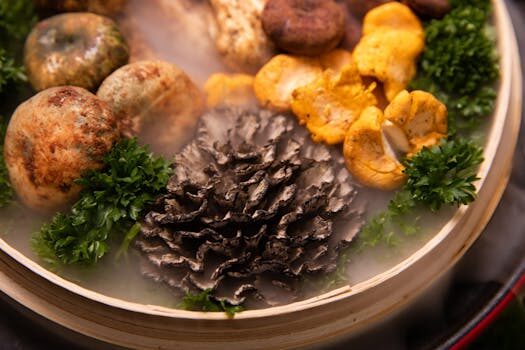
What Is A Typical Vegetarian Diet Plan For Muscle Gain?
A typical vegetarian diet plan for muscle gain should focus on ample protein intake along with calories from healthy fats and complex carbohydrates. Start with a high-protein breakfast like a tofu scramble or a protein shake. Lunch and dinner could feature lentil salads, bean burritos, or tempeh stir-fries, ensuring to pair them with whole grains.
Snacks should also be nutrient-dense, with options like nut butter on whole grain toast or a homemade protein bar. Consistency and variety in your diet will support muscle growth and overall health.
How Do I Ensure I Get Enough Protein On A Vegetarian Diet?
Ensuring you get enough protein on a vegetarian diet involves variety and planning. Use protein charts to become familiar with the protein content of various foods, and create balanced meals that incorporate different protein sources. Be mindful of portion sizes and opt for whole foods when possible.
Regularly including high-protein snacks and considering supplements if needed can also help meet your protein requirements. Tracking your intake for a short period might offer insight into any adjustments needed to fulfill your protein needs.
Are There Any Protein Supplements Recommended For Vegetarians?
There are several vegetarian-friendly protein supplements available, including pea protein, rice protein, and soy protein powders. These can be convenient for increasing protein intake, especially for individuals with higher requirements or those with limited time for meal prep.
When selecting a supplement, look for products without added sugars or artificial ingredients. It’s always best to consult with a healthcare professional before adding supplements to your diet to determine what’s appropriate for your individual needs.
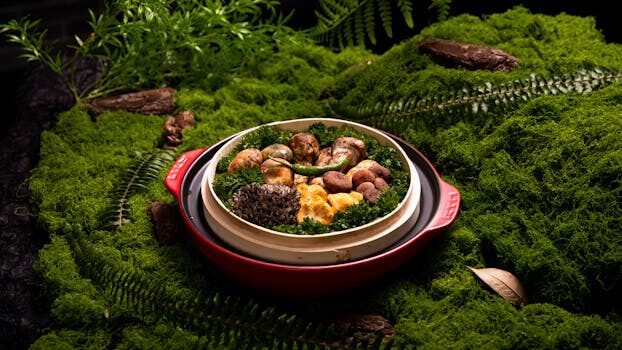
As we delve into the topic, let’s take a moment to watch a video that further explores high-protein vegetarian foods for a better understanding:
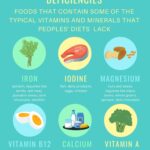 These key nutrients help to detox our body naturally: here’s what to eat
These key nutrients help to detox our body naturally: here’s what to eatIn conclusion, transitioning to a vegetarian diet doesn’t mean sacrificing protein. With proper planning and a variety of food choices, vegetarians can not only meet their protein requirements but also enjoy a diet that supports a healthy and active lifestyle. Utilizing vegetarian protein charts and sample meals can assist in navigating this fulfilling dietary path.

